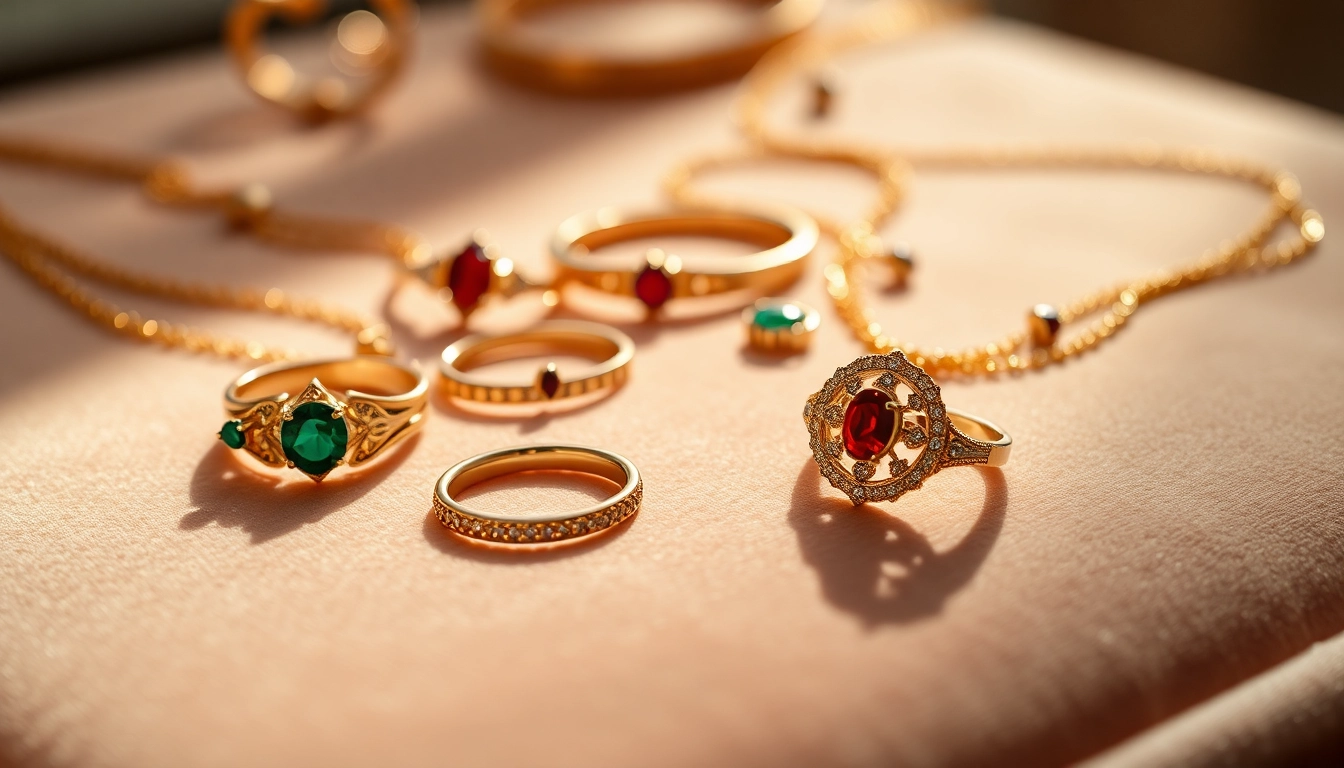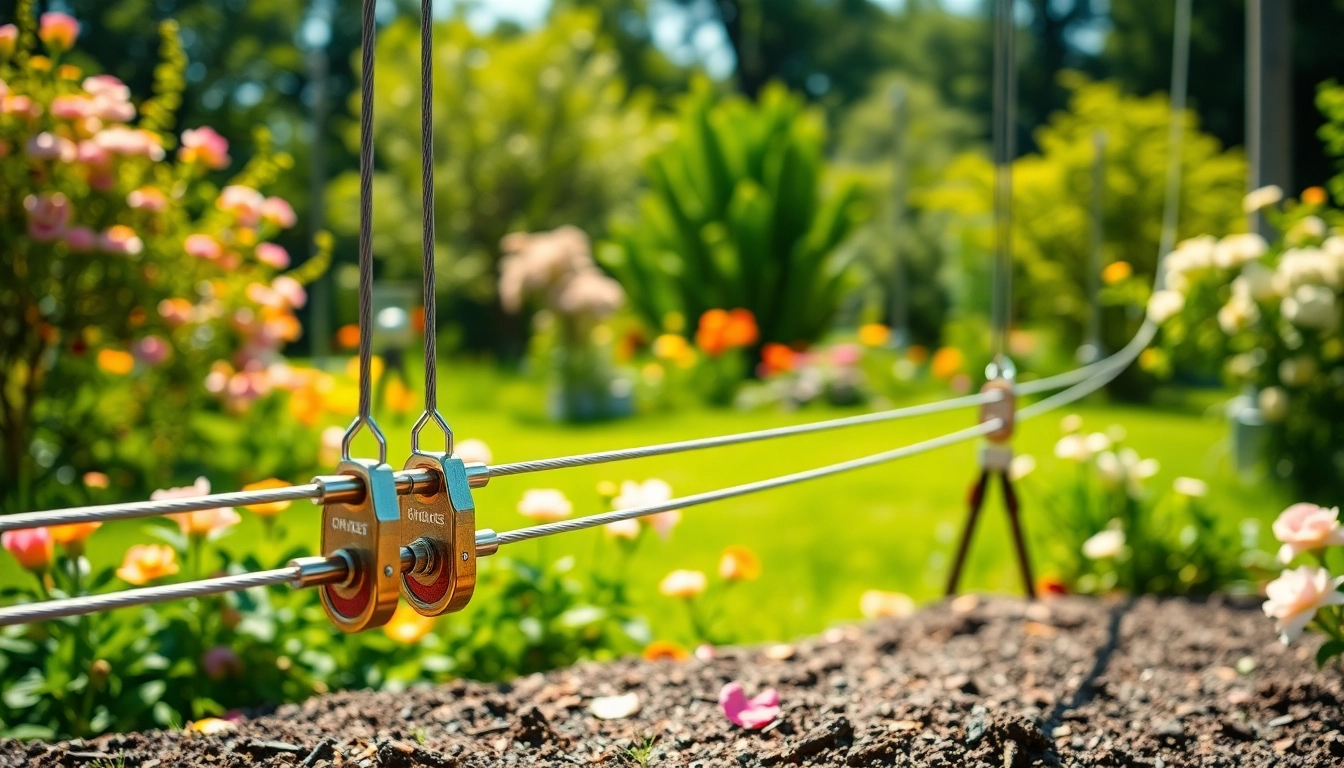
Understanding Vintage Frames
When you think of vintage frames, whether they are for glasses or artwork, what often comes to mind is their unique charm and history. These pieces are not only functional but also serve as timeless decor that represents various artistic movements. Vintage frames vintage frames have seen a remarkable resurgence in recent years, appealing to both seasoned collectors and casual buyers alike. Understanding what defines vintage frames, their characteristics, and their growing popularity provides insight into their allure.
Definition and History of Vintage Frames
Vintage frames are defined generally as any frame that is at least 20 years old, exhibiting styles, materials, and craftsmanship indicative of specific historical contexts. They encompass a range of types, from eyewear to picture frames found in homes and galleries. The history of framing correlates with art history itself; early frames were ornate, intended to enhance the paintings they housed, often adorned with gold leaf or intricate carvings.
The earliest recorded use of frames dates back to the 12th century during the Gothic period, where they were used to accentuate painted panels. The evolution of framing continued through the Renaissance, Baroque period, and into the 19th century, with each era bringing forth distinctive styles that reflect the aesthetics of their time. By the 20th century, as styles diversified, so too did the frames, leading to a twisted array of forms that are now highly sought after in vintage collections.
Key Characteristics of Vintage Frames
Several defining features characterize vintage frames, setting them apart from their modern counterparts. First, the materials used often reflect a higher quality than mass-produced frames today. Common materials include solid woods, metals, and occasionally, unique plastics that offer an authentic retro look. Secondly, vintage frames can display craftsmanship like hand-carved details, gilt finishes, and unusual design elements that are less common in modern frames.
Furthermore, the patina that develops over years – the subtle wear, scratches, and fading colors – imparts character and history to vintage frames, making each piece unique. Whether it’s the ornate filigree of a Victorian-style frame or the clean lines of mid-century modern designs, vintage frames encapsulate an aesthetic that connects to the past.
The Rise in Popularity of Vintage Frames
The resurgence of interest in vintage frames can be attributed to several factors. The current trend toward sustainability and originality has nudged consumers to seek pieces with history rather than the mass-produced items dominating contemporary marketplaces. Social media platforms, particularly Instagram and Pinterest, have fueled this enchantment, as vintage aesthetics become trendy — think eclectic home decor, thrift store finds, and personalized fashion statements.
Moreover, vintage frames align with a quest for individuality. Collectors and enthusiasts appreciate the uniqueness of vintage frames as they often tell a story, marking significant cultural moments or artistic movements. People are increasingly looking for ways to express their personality through their possessions, and vintage frames serve as distinguished conduits for that self-expression.
Types of Vintage Frames
Different Styles of Vintage Frames
Vintage frames come in a multitude of styles, ranging from ornate baroque to minimalist mid-century designs. Baroque frames, known for their lavish embellishments and curves, often feature heavy gold leaf and intricate detailing. On the opposite spectrum, mid-century modern frames embody simplicity with sleek lines and minimalistic design, mirroring the broader artistic movement of the time.
Another popular style is the Arts and Crafts movement, known for its earth-toned finishes and robust, handcrafted appeal. Then, there are the funky and bold styles of the 70s, when frames featured vibrant colors, exaggerated shapes, and playful designs, such as large butterfly glasses. Each of these styles reflects the cultural and artistic sentiments of their respective eras, contributing to their appeal.
Materials Used in Vintage Frames
The materials used for vintage frames greatly influence their aesthetic and durability. Common materials include:
- Wood: Often carved and painted, wood frames offer warmth and a classic look.
- Metal: Typically found in modern styles, metals, especially brass or bronze, lend a sleek and industrial feel.
- Plastic: Many mid-century frames feature unique and colorful plastics that capture the design ethos of that era.
- Glass: Many vintage frames include glass that may be original, presenting unique optical characteristics and clarity from a bygone era.
Collectively, these materials contribute to the distinctive character and charm of vintage frames, appealing to collectors and decor enthusiasts alike.
Choosing Between Antique and Vintage Frames
While the terms “vintage” and “antique” are often used interchangeably, there is a distinction worth noting. Antiques are classified as items that are over 100 years old, while vintage generally refers to items that are at least two decades old. Therefore, when considering purchasing a frame, it’s essential to understand what you are looking for: the charm of vintage pieces or the rarity and history associated with antiques.
Antique frames typically command higher prices due to their age and historical significance. Still, vintage frames can be seen as more accessible, enabling collectors to explore various styles without the hefty price tag associated with true antique pieces. Depending on your collecting goals, the choice between vintage and antique frames will guide your hunt.
How to Care for Vintage Frames
Cleaning Tips for Preservation
Caring for vintage frames requires gentle handling to preserve their integrity. Regular cleaning can prevent dust accumulation and discoloration while maintaining their beauty. To clean frames, use a soft, dry microfiber cloth to dust surfaces gently. For tougher spots, lightly dampen the cloth with water and a few drops of mild dish detergent, ensuring the cloth is not saturated. Avoid using harsh chemicals or abrasive materials that could damage the finish or patina.
For frames made from wood, a high-quality furniture polish can help nourish the wood and maintain luster. However, always test in an inconspicuous area first to ensure compatibility. Metal frames may require specific cleaners to prevent tarnish, and vintage glass should be cleaned with a non-ammoniated glass cleaner to avoid scratching and fogging.
Storage Solutions for Vintage Frames
Proper storage is crucial for maintaining the quality of vintage frames, especially if they are not on display. When storing framed artwork or vintage photographs, avoid direct sunlight to limit fading and deterioration. Ideally, frames should be stored upright, separated by layers of acid-free tissue paper to prevent scratching or pressure marks.
Climate control also plays an essential role. If possible, store frames in a cool, dry environment with stable humidity levels to mitigate warping or mildew growth, particularly for wooden frames. Utilizing a protective covering can further ward off dust and pollutants.
Restoration Techniques for Damaged Frames
Restoring a vintage frame can be rewarding but requires careful attention to preserve its character. For minor damage such as scratches, consider using wood fillers or specialized touch-up pens designed for use on frames. For frames in strong structural need, it might be beneficial to consult a professional framer or restorer.
Patience is key in any restoration project; rushing may lead to irreversible damage. In cases where glass is shattered or heavily damaged, finding a replacement can rejuvenate the frame. In instances where a frame has considerable historical or monetary value, involving a professional for complex restorations is the safest option.
Where to Find Vintage Frames
Shopping Online for Vintage Frames
With the rise of online marketplaces and specialty shops, finding vintage frames has never been easier. Websites like Etsy, eBay, and Amazon feature numerous listings from sellers worldwide, thus expanding your options significantly. Many sellers offer detailed photographs and descriptions, allowing buyers to select frames that suit their styles and needs.
Additionally, dedicated vintage shops and online boutiques, such as Vintage Frames Company, focus specifically on the niche of vintage eyewear and decor. When shopping online, always examine seller ratings and reviews to ensure you are purchasing authentic items.
Local Markets and Antique Stores
Local markets, antique shops, and flea markets are treasure troves for finding vintage frames. Visiting these places in person provides an opportunity to inspect the frames up close, assessing material quality and overall condition. Conversations with sellers can yield valuable insights into the frame’s history and potential value.
Attending estate sales or auctions can also lead to remarkable finds, as many vintage frames might be part of larger art collections. Be prepared to negotiate prices, as sellers may be willing to part with items at lower costs to clear inventory.
Trustworthy Resellers and Collectors of Vintage Frames
Beyond individual marketplaces, several established dealers specialize in vintage frames, offering curated selections backed by provenance. Working with reputable dealers can provide additional assurance in authenticity and quality. Many dealers maintain brick-and-mortar locations as well as online presences to reach a wider audience.
Following social media accounts, blogs, and newsletters dedicated to vintage styles can keep you informed about upcoming sales or new arrivals that match your frame interest. Building a relationship with trustworthy resellers often leads to insider access to rare finds.
The Value of Vintage Frames
Factors That Determine Value
The value of vintage frames can fluctuate greatly based on various factors. Age, condition, rarity, and provenance all play significant roles in determining a frame’s worth. Generally, frames that are well-preserved, with minimal wear and originality, will command higher prices. Additionally, frames tied to notable artists or events may significantly skyrocket in perceived value.
Unique attributes, such as unusual colors, shapes, or manufacturer’s marks, can also enhance a frame’s desirability. Seeking expert appraisal when in doubt can provide a more accurate understanding of a frame’s value in the current market.
Investment Potential in Vintage Frames
Investing in vintage frames can be a rewarding venture beyond their aesthetic value. Some collectors have seen their investments appreciate significantly over the years, particularly in cases of rare or highly sought-after pieces. However, like any investment, it is imperative to perform due diligence before making purchases.
Researching market trends, engaging with expert opinions, and attending auctions can enhance your knowledge and help inform your buying decisions. Furthermore, it’s important to recognize the balance between personal enjoyment and investment potential; selecting frames you genuinely appreciate will ensure satisfaction, regardless of their financial value.
Identifying Authentic Vintage Frames
Identifying authentic vintage frames can be challenging but rewarding. Inspect the construction quality: authentic vintage frames are often sturdily made with attention to detail. Checking the back of the frame can reveal important signs of age, such as old hardware, production techniques, and patina that differentiate true vintage from reproductions.
Documentation can also help authenticate frames; if purchasing from an established seller, proof of authenticity or reference catalogs can bolster confidence in the investment. Networking with collectors or joining collecting clubs can offer insights and advice, assisting with authentication challenges.







